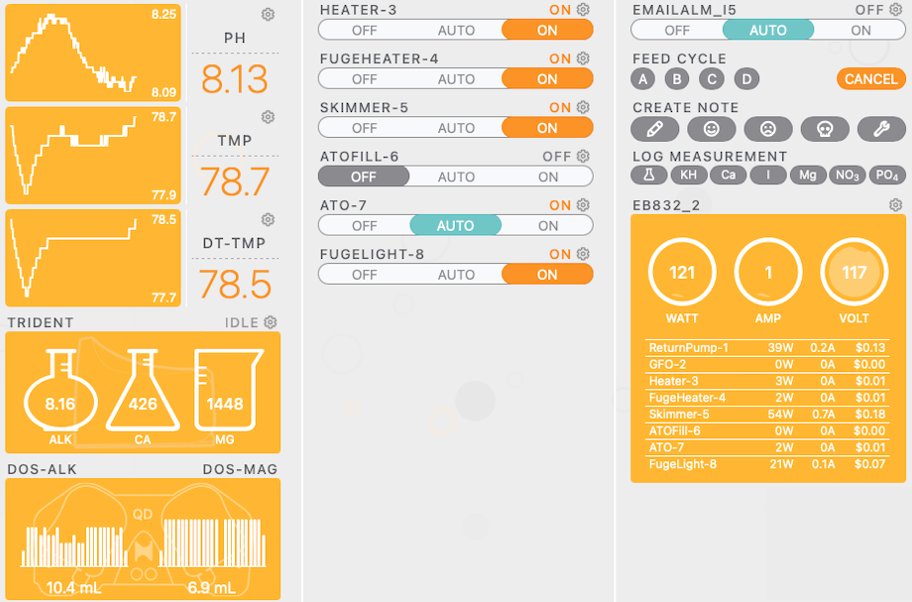All Eyes on Automation
If you weren’t sure you wanted to dive into our forthcoming State of Application Strategy 2025, read on. You may find you can’t wait.
Long time readers will be familiar with my love of automation. Whether it was the adoption of DevOps-like methodologies by NetOps or the need to embrace the movement toward cloud-like operational automation via APIs, the importance of automation to the operational health of a digital business has been a constant theme in my content.
Automation in action
Now, I’ve been keeping reef tanks even longer than I’ve been entrenched in application delivery and security. The advances in just the past five years have been nothing short of jaw-dropping.
While sensors were common back in 2020, today they provide data for a growing set of parameters that can drive actions designed to optimize the health of the entire marine ecosystem. Whether it’s adjusting the dosage of supplements—automatically, based on test data—or alerting me to an inevitable problem, the system I use ensures the stability my tank needs to thrive.
It’s important to note that the control systems for my reef do not act without guidance. I can manually control every function through the same interface. Dosing is controlled by setting desired values for a given parameter (SLO) and tweaking how much leeway the system has in dosing a given supplement to meet that goal based on the most recent test results (SLI).
If you see parallels with operations, then congratulations! You see what I see.
And perhaps you also see similar frustrations, particularly when trying to operate things manually. Inconsistencies, variability, random incidents, missed feedings.* There’s always some kind of emergency to deal with when trying to manage operations manually.
The future is AIOps
It should be no surprise, then, to discover that our annual research demonstrates a hunger for automation in operations. Technology leaders are starving for a more efficient way to operate the IT estate because they know that stability produces the ability to optimize, and optimizing is necessary for healthy growth. And when we say most, we really mean most.
A mere 4% told us they were not interested in generative AI helping with any operational tasks. Meanwhile, the rest told us exactly where the obstacles in operations today are by checking off tasks like policy, script, and configuration generation as tasks they wanted generative AI to help with.
But more than just assisting with generation, most (again, yeah, most) are ready to allow AI to automatically execute functions across application delivery and security to achieve specific goals:
- Applying optimization features to improve user performance (72%)
- Adjusting traffic to optimize for costs (59%)
- Automatically injecting rules to mitigate zero-day vulnerabilities (59%)
This goes beyond AI assistants—which respondents tell us are also valuable—and into the realm of autonomous operations. It is what has come to be known as AIOps. The eagerness to embrace AI as an accelerating force in operations was palpable as we explored the responses from 659 IT decision makers from every industry, and across the globe.
There is no doubt after analyzing responses that AI and operations are headed for a collision that will change the way IT operates for the foreseeable future.
I, for one, am bigly excited about that, and can’t wait to see how it manifests in application delivery and security.
*Yes, this does apply to operations too. Incidents that require skipping lunch are not uncommon, after all.

